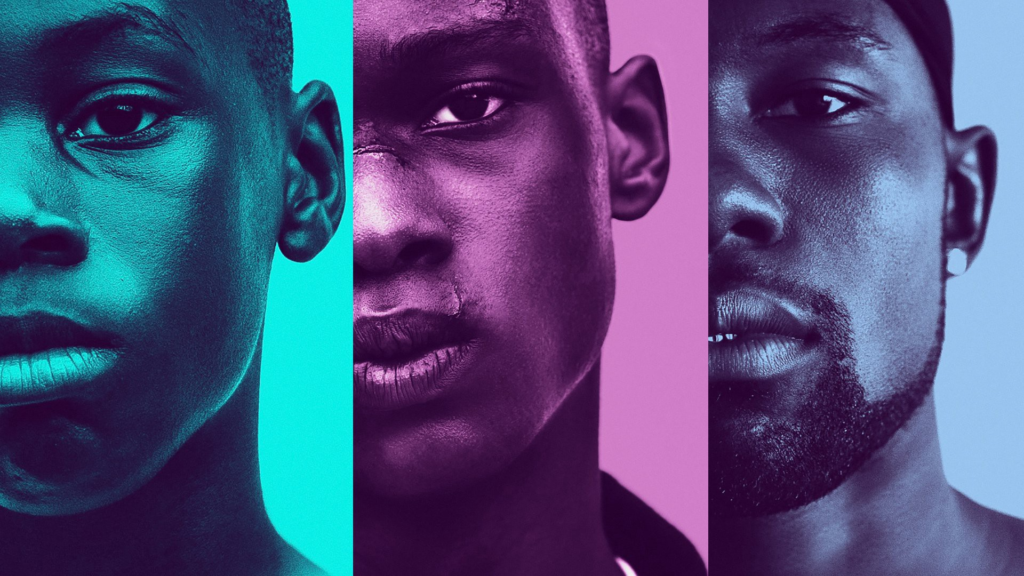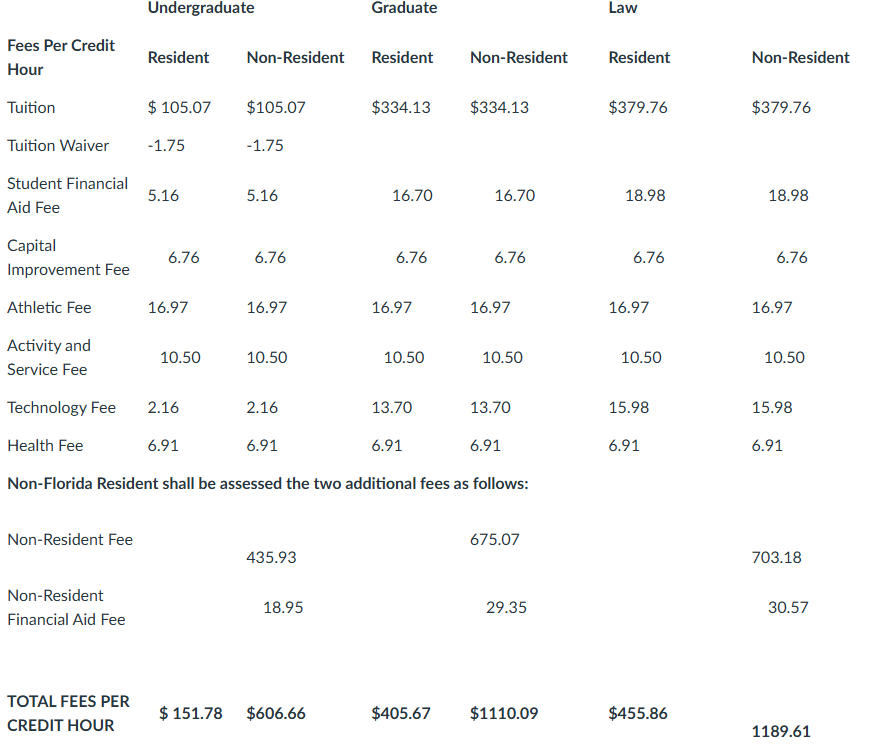The Academy Awards ceremony, or more commonly known as the Oscars, was first broadcast in the 1930s before finding its way to television in 1953. The Oscars is an award ceremony for artistic and technical merit in the film industry. After coming under scrutiny for their insufficient diversity among nominations, the Oscars announced new eligibility guidelines for films hoping to be nominated for best picture. The new guidelines will go into place for the 2024 Oscars.
To be nominated for best picture, filmmakers must meet two out of the four new standards. The first standard announced was standard A. This standard was made to try and promote diversity in many roles on screen. To qualify for this academy category, one out the three stipulations must be met:
· At least one actor from an underrepresented racial or ethnic group must be cast in a significant role.
· The story must center on women, the LGTBQ community, a racial or ethnic group, or the disability community.
· At least 30% of the cast must be actors from at least two of those four underrepresented categories.
Standard B is designed to help install a diverse creative leadership and project team. These are jobs such as director, department head, or an effects supervisor. Standard B requires production studios to meet one of the following criteria:
· Two or more department heads – meaning jobs such as director, cinematographer, or composer – must be female, LGTBQ, disabled, or part of an underrepresented racial or ethnic group.
· The story must center on women, the LGTBQ community, a racial or ethnic group, or the disabled.
· At least six other crew members must be from an underrepresented racial or ethnic group.
Aspiring actress and senior theatre major Meleaya Merriman expressed her excitement about the future of the film industry and the new representation hitting the silver screens.
“We will no longer be stuck seeing movies in one perspective,” Merriman said. “It opens the door for us to see more POC, black, women, LGBTQ+, disabled superheroes, love stories and the list goes on. I’m excited to see change.”
However, the Oscars announcement received pushback from some filmmakers and members of the industry who speculated this was further restricting their right to tell a story the way they would like. However, junior broadcast journalism major Phillip Wright said he disagreed that these new regulations would limit creative freedom.
“There is no limit in what movies you can make,” Wright said. “There can be a Black leading man; there can be a Black leading woman. There can be those people. We aren’t all supporting roles. We are lead actors.”
The Oscars’ viewership has declined in recent years. In 2020, the award show dropped to its lowest rating with only 23.6 million viewers. This was a 20% drop from its previous year. The awards show has had problems in previous years for not having enough diversity represented among its nominees.
In 2015, the Oscars faced major backlash after nominating an entirely white line-up of actors. The hashtag #OscarsSoWhite was created by activist April Reign to protest insufficient diversity. The hashtag led to a boycott from the audience and has followed the show around ever since.
The last two standards set in place have caused people to wonder if the Oscars is doing the bare minimum to promote diversity and just want to save its viewership. Standard C requires one of two criteria be met:
· The film’s distribution or financing company has paid apprenticeships or internships that are from underrepresented groups.
· The film’s production, distribution, and/or financing company offers training and/or work opportunities for below-the-line skill development to people from underrepresented groups.
Standard D calls for senior marketing, publicity and distribution executives on a film to be from an unrepresented group:
· The studio and/or film company has multiple in-house senior executives from among the following underrepresented groups — must include individuals from underrepresented racial, or ethnic groups — on their marketing, publicity, and/or distribution teams.
Although the board of governors that directs the Oscars vision enacted these changes to encourage more diversity in the industry, most movies already meet these standards. Movies like “Joker,” “La La Land,” and “1917” that featured a majority white cast would still be eligible for best picture because they have minority actors in a significant leading role. Junior FSU film student Bretton Miller said he believes that while the anger and protest of the show is completely justified it is also slightly misplaced.
“The problem isn’t necessarily the Academy. It’s Hollywood,” Miller said. “It’s Hollywood that is not putting in the effort to show these different kinds of stories. The change will only start if Hollywood sees it.”
Although 30% seems like it is not nearly enough to cause a significant shift in the short term, many hope these new stipulations have a long-term effect on the film industry. Professional actor Palmer Williams believes that even though this is a small step, it is still a step in the right direction and may lead to more diversity in the future.
“Black children cannot become what they don’t see,” Williams said. “So, if we start to create the narrative or change the narrative on how the world sees black people with our behavior as well as our art then we will be able to have people that want, need and desire to have us in their movies because it completes the stories.”
Professional actor and freshmen film student at Chapman University Dusan Brown said he hopes the new standards will be enough to break common stereotypes of black and POC in the industry.
“Sometimes we’re portrayed as the side character that comes in and says something wise and funny,” Brown said. “I don’t want that to be the case anymore. I want us to be the people that are driving the narrative, that are telling the stories, that are showing that we are people. We are human, we go through emotions, we aren’t perfect, but we try just as hard as the next person.”
The 94th Academy Award ceremony will take place on April 25, 2021, on ABC.














